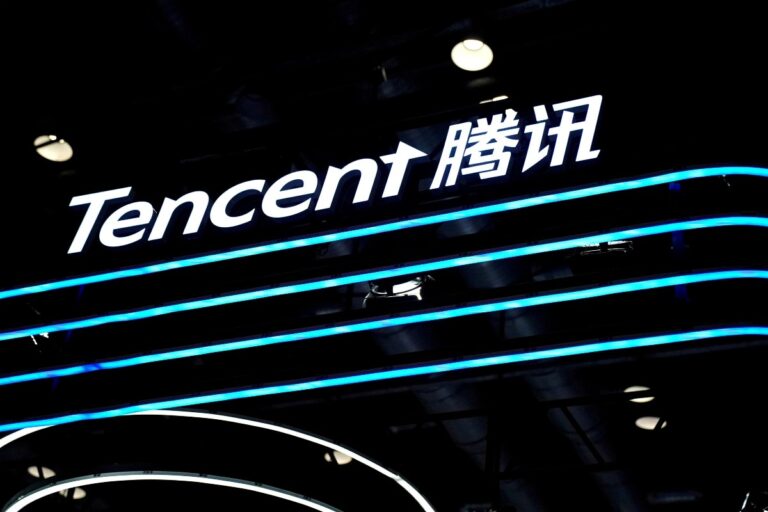Tencent’s Hunyuan team released a new artificial intelligence (AI) model on Sunday, which can generate three-dimensional (3D) worlds. Dubbed Hunyuan 3D World Model 1.0, it is an open-source model that supports both text and images as input. The model can generate 360-degree world views which are both explorable and interactive. Once generated, users can also traverse these worlds as playable assets. The Chinese tech conglomerate says the model can assist in video game development, virtual reality, and digital content creation.
Tencent’s Hunyuan 3D World Model 1.0 Is Built On New Framework
World generation models are one of the niche areas of generative AI, and they focus on the system’s capability of creating geometric consistency, rendering efficiency, and visual diversity of worlds. These generated environments can then be used in diverse scenarios, ranging from creating video games to training robots virtually.
Tencent’s Hunyuan 3D World Model is currently available to download via the company’s GitHub and Hugging Face listings. The model is being made available with a permissive “tencent-hunyuanworld-1.0-community” licence which allows both academic and commercial usage. Individuals who just want to test the model and not run it locally can go to Tencent’s platform and begin generating.
We’re thrilled to release & open-source Hunyuan3D World Model 1.0! This model enables you to generate immersive, explorable, and interactive 3D worlds from just a sentence or an image.
It’s the industry’s first open-source 3D world generation model, compatible with CG pipelines… pic.twitter.com/CpETdVO7vW
— Hunyuan (@TencentHunyuan) July 27, 2025
On the project page, the company says existing world generation approaches either focus on video-based methods or 3D-based methods. While the former provides strong visual diversity, the latter provides 3D consistency and efficiency in rendering. However, none of these approaches offers both, the team stated. To solve this problem, Hunyuan’s team created a new framework.
This framework uses a semantically layered 3D mesh representation that can project panoramic images as 360-degree world proxies. These proxies are then decomposed and reconstructed to create the different worlds. Researchers used this framework as the foundation to train the model to generate coherent, explorable, and interactive 3D worlds.
Hunyuan’s team said that the open-source version of the AI model is based on Flux’s image generator; however, it can also be adapted to other models such as Hunyuan Image, Kontext, Stable Diffusion, and more. The company did not specify if the model will be available via application programming interfaces (APIs).

